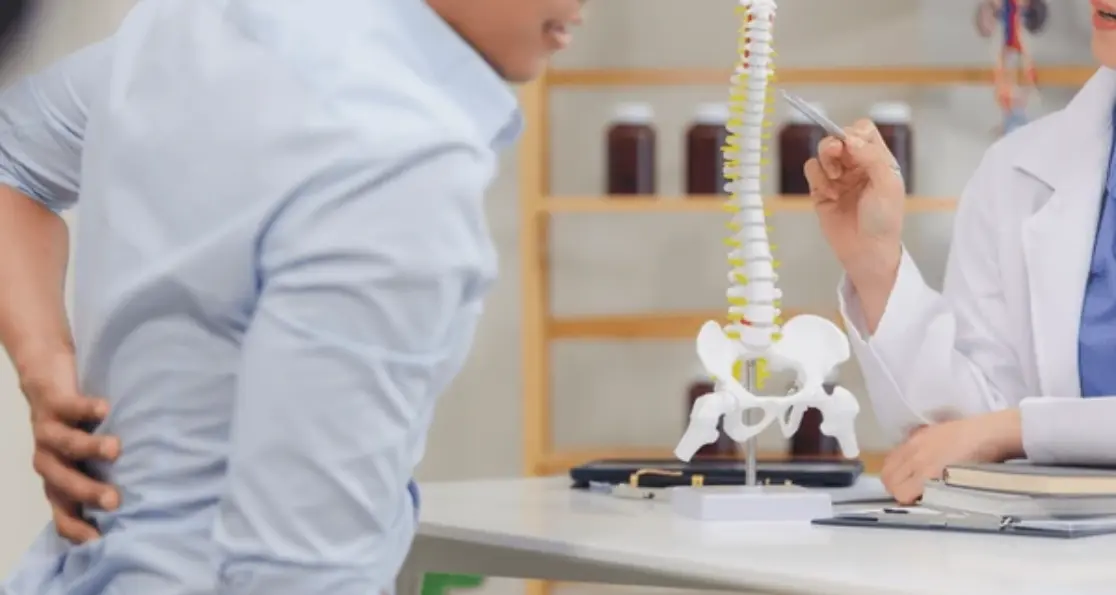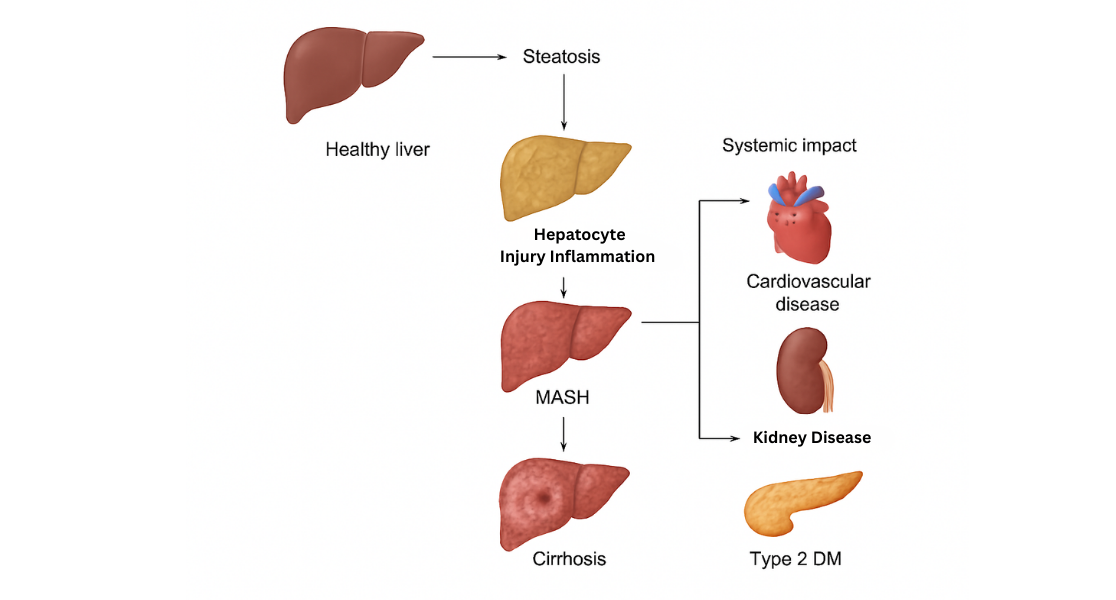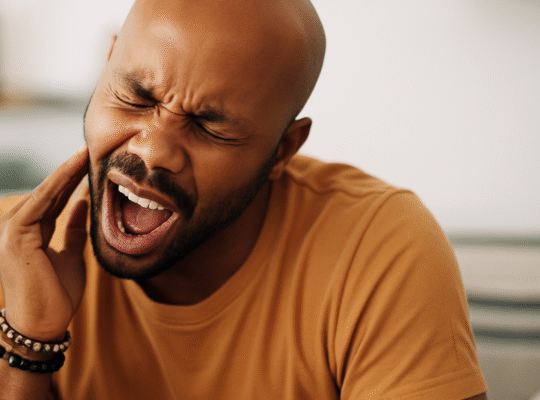Introduction
Back pain affects millions worldwide and is among the leading causes of disability and healthcare costs. In the United States, it is a common reason for medical visits and has been closely linked to obesity and elevated body mass index (BMI). The rising prevalence of obesity compounds the impact of back pain, creating a significant public health challenge that calls for effective, accessible, and sustainable treatment options. While pharmaceuticals and invasive interventions have their roles, growing evidence supports non-pharmacological strategies focused on physical activity and health maintenance activities (PAHM). These approaches are not only aligned with weight management but also promote overall wellness and functional improvement, reducing pain and disability over the long term.
The Intersection of Obesity, Back Pain, and Physical Activity
Obesity increases mechanical stress on the spine and contributes to inflammation, both of which exacerbate back pain. Weight management through diet and exercise is thus essential in addressing the root causes of chronic back conditions. Physical activity promotes muscle strength, flexibility, and joint stability—all of which protect the spine and mitigate pain. Despite this knowledge, adherence to recommended physical activity for back pain relief remains low nationwide. Barriers such as lack of time, motivation, local access, and social support prevent many individuals, especially in rural or underserved communities, from benefiting from these evidence-based interventions.
Harnessing Community Networks to Identify Physical Activity Resources
Recognizing that local context matters, a study led by researchers Cara L. Sedney, Treah Haggerty, Samuel Zizzi, and Patricia Dekeseredy focused on leveraging the West Virginia Physical Activity Network (WVPAN), a grassroots coalition dedicated to promoting physical activity across the state. This network includes volunteers, educators, healthcare professionals, and fitness providers who are deeply familiar with community resources and challenges. The study aimed to identify local physical activity and health maintenance resources available for back pain treatment by tapping into the knowledge of WVPAN members. Using an online survey, the research team collected information about members’ perceptions of different PAHM treatments and specific local assets such as yoga classes, physical therapy providers, walking groups, and other exercise options.
Survey Insights: Strong Support for Physical Therapy, Yoga, and Flexibility Training
Out of over 1,200 network members emailed, 145 responded from 41 different counties, providing a wide geographical snapshot. The survey revealed overwhelming support for physical therapy as an effective treatment for back pain, with 93% of respondents agreeing or strongly agreeing with its use. Flexibility training, core strengthening, and yoga also received strong endorsement, with 95% support overall. Interestingly, opinions were more varied regarding cognitive behavioral therapies, acupuncture, and massage. These modalities had a higher proportion of “undecided” responses, indicating potential uncertainty or limited awareness among community leaders. Among the local assets mentioned, yoga was the most frequently identified resource, available in at least 15 counties. Other popular activities included aerobic exercise, swimming, and dance. Respondents often provided personal recommendations of instructors or facilities, underscoring the value of trust and familiarity in community health promotion.
Barriers Highlighted by Community Leaders
Despite identifying a range of resources, many participants pointed to significant barriers that limit access to physical activity treatments for back pain. These included a lack of affordable programs, limited availability in small or rural towns, and the need to travel long distances to reach facilities. One respondent noted the scarcity of alternatives beyond physical therapy in their county, emphasizing the importance of affordable and practical options. Others mentioned limited funding for school physical education and community exercise initiatives, as well as insurance policies that do not cover gym memberships or sufficient chiropractic and mental health care visits. Such barriers reflect broader challenges in rural health, where socioeconomic difficulties and infrastructure limitations compound health disparities. They highlight the critical need for tailored interventions that consider financial, geographic, and cultural factors.
Why Community Engagement is Crucial for Successful Implementation
The literature strongly supports community engagement as a key strategy for improving health outcomes. Involving local leaders and activists not only helps identify relevant resources but also fosters buy-in and sustainability of programs. By partnering with WVPAN, researchers demonstrated the ability to gather valuable local knowledge that would be hard to capture through traditional data sources. Community members provided nuanced insights about their environments, including specific recommendations and candid descriptions of gaps and hurdles. Such engagement aligns with the Consolidated Framework for Implementation Research, which emphasizes understanding organizational and community context, networks, and stakeholders’ attitudes to design effective health interventions.
Implications for Healthcare Providers and Policymakers
The findings from this study offer important guidance for healthcare providers aiming to recommend non-pharmacological treatments for back pain. Awareness of locally available physical activity and health maintenance services can enhance patient referrals and improve adherence. Moreover, policymakers should consider supporting grassroots organizations like WVPAN that promote a physical activity culture statewide. Investing in these networks can build capacity for sustainable community-based interventions, particularly in regions with high obesity and chronic disease prevalence. Programs that integrate multiple physical activity options, such as walking groups, yoga classes, biking clubs, and culturally relevant exercises, can accommodate diverse populations and preferences, improving overall reach and impact.
The Broader Benefits of Physical Activity for Health and Well-being
Beyond back pain relief, engaging in physical activity confers numerous health benefits, including improved cardiovascular fitness, mental health, weight control, and functional independence. Regular exercise also reduces risks for diabetes, hypertension, and other chronic conditions highly prevalent in West Virginia and similar regions. Encouragingly, ongoing studies validate that community-based interventions tailored to local contexts, combining social support and accessibility, produce more lasting behavior change compared to generic programs.
Future Directions: Research and Program Development For Back Pain
While this initial pilot study provides valuable insights, it also reveals the need for further research to explore barriers in greater depth, test intervention feasibility, and evaluate outcomes. Replications in diverse states and rural settings would help generalize findings. Examining insurance coverage policies and affordable program models is also vital to reducing financial obstacles. Additionally, exploring digital health tools may offer innovative ways to improve access to physical activity resources in remote areas. Integration of PAHM strategies into primary care through partnerships like Practice-Based Research Networks (PBRN) can help bring these interventions directly to patients struggling with back pain, leveraging trusted healthcare providers.
Conclusion
Back pain remains a complex and costly health challenge requiring multifaceted approaches. This study highlights the promise of community physical activity networks as vital partners in identifying and promoting health maintenance activities for back pain treatment. Support for physical therapy, yoga, flexibility training, and aerobic exercise is strong among community leaders, who also provide important insights about local assets and barriers. Overcoming access and affordability issues through community-tailored, non-pharmacological interventions could reduce reliance on medications and improve quality of life. Healthcare professionals, policymakers, and community organizations should collaborate to expand and optimize physical activity programs, especially in rural and underserved areas. Engaging communities directly ensures programs resonate culturally and socially, enhancing participation and long-term success.










